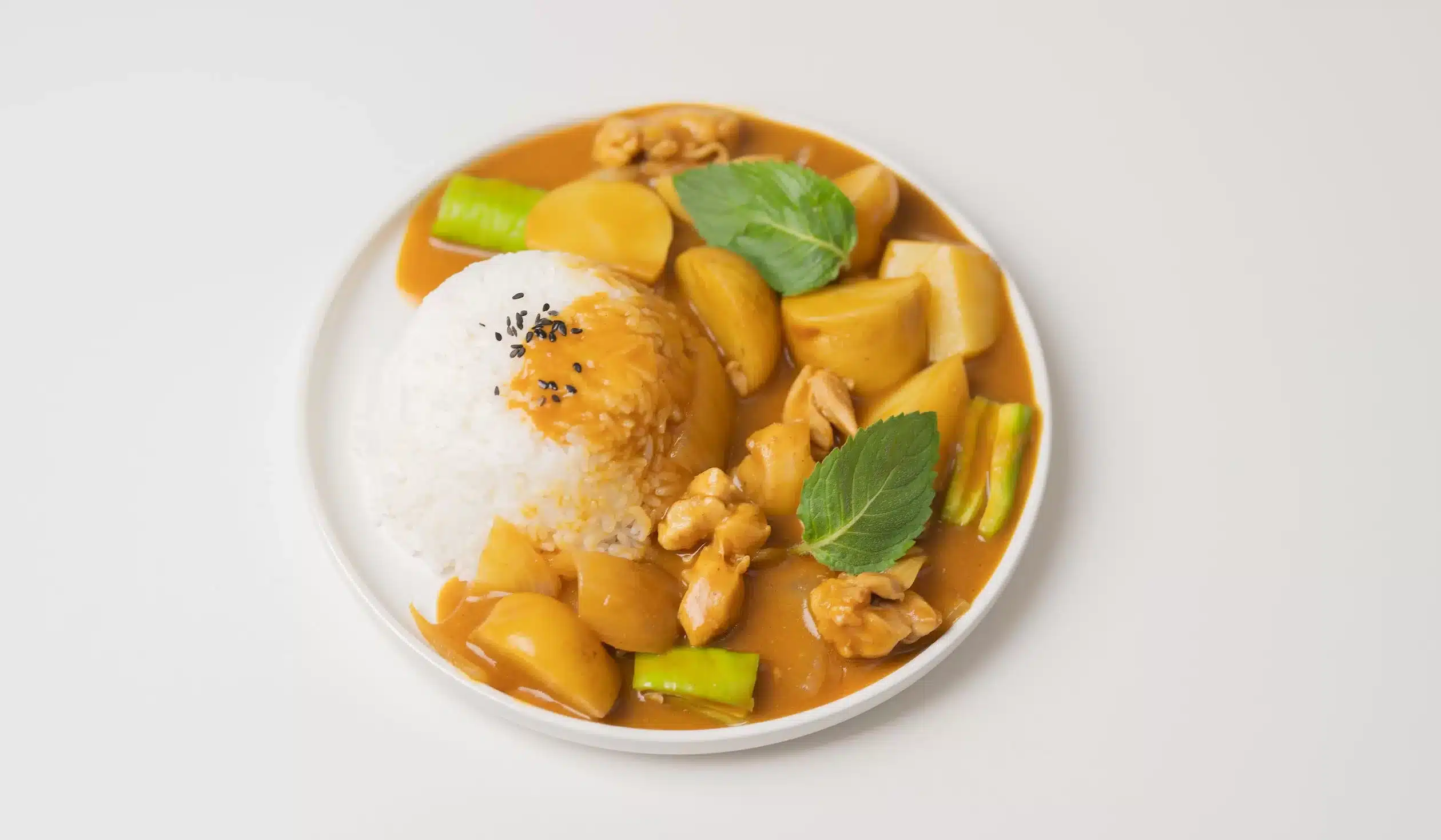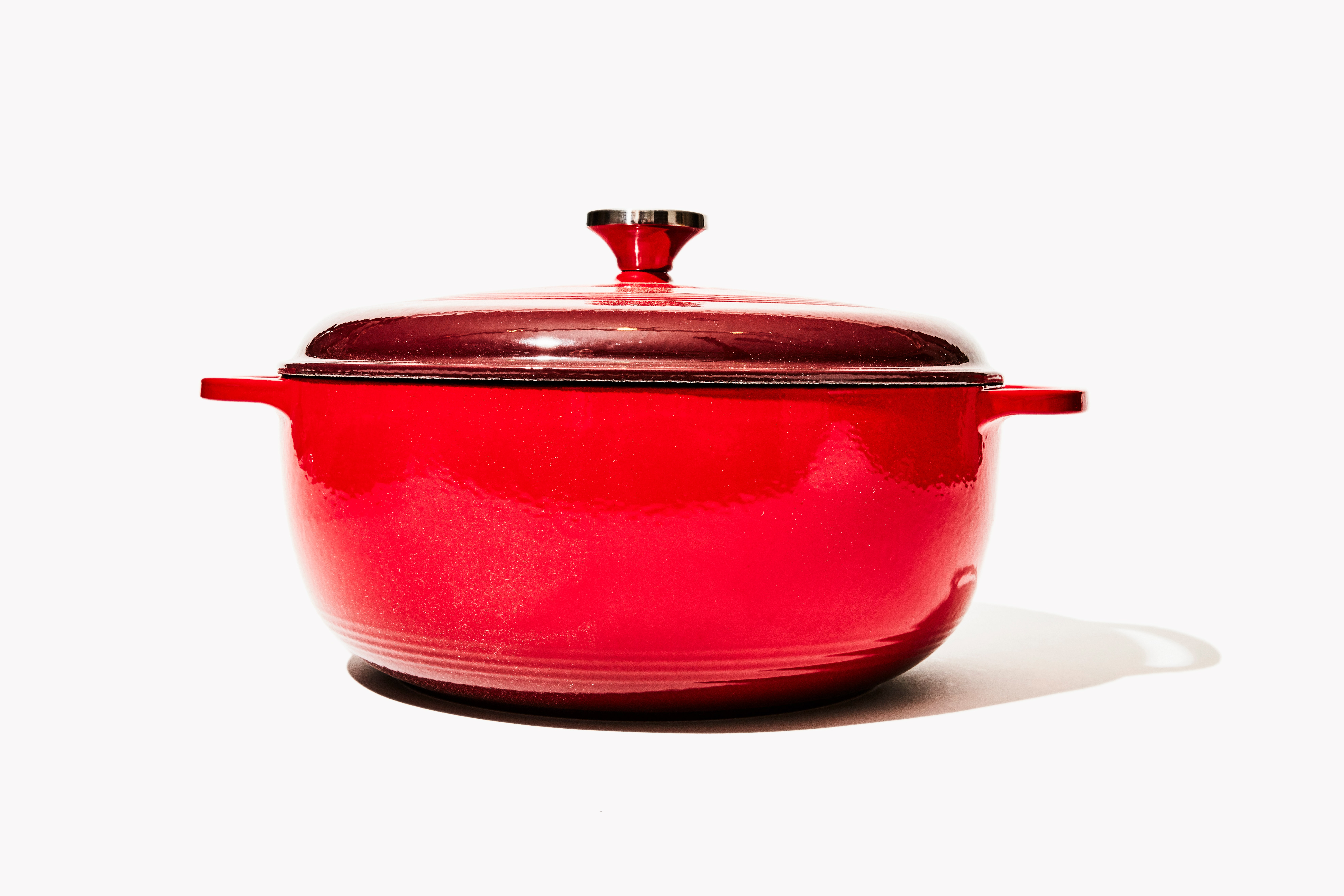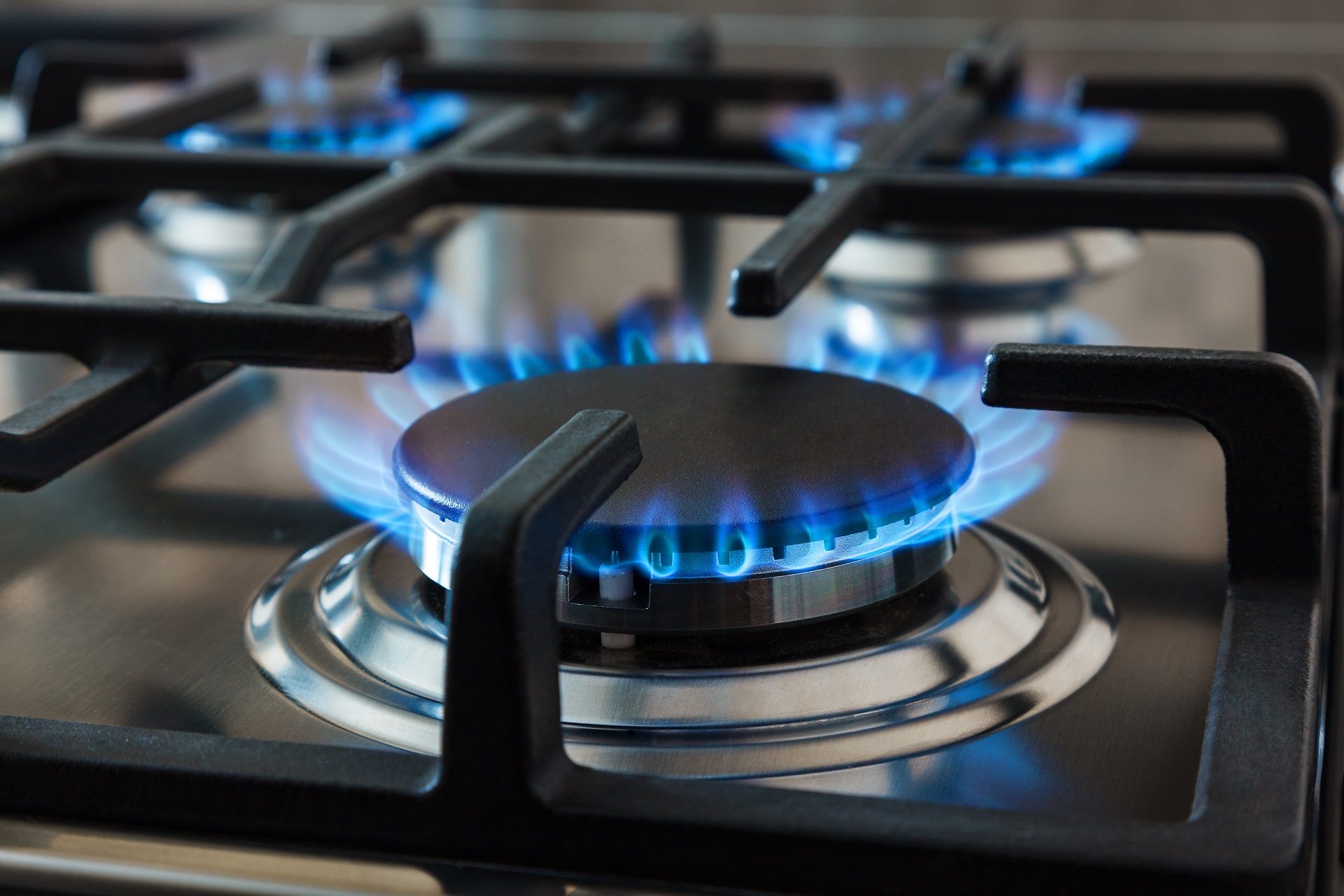
Do you love slow-cooked meals but don’t have a slow cooker? Don’t worry, you’re not alone. Many people don’t own this handy appliance, either because they don’t have enough space, money, or interest in buying one.
But that doesn’t mean you have to miss out on the tender, flavorful, and comforting dishes that slow cooking can create. There are plenty of alternatives to slow cooker that you can use with the pots and pans you already have in your kitchen.
In this blog post, I’ll show you how to slow cook without a slow cooker, using different methods and tips. I’ll also share some of the advantages and disadvantages of each alternative, as well as some delicious recipes you can try.
So grab your apron and let’s get cooking!
Slow cooking is a technique that involves cooking food at a low temperature for a long time. This allows the food to become tender, juicy, and infused with flavor. Slow cooking is especially good for tough cuts of meat, such as beef chuck, pork shoulder, or lamb shanks, as well as beans, soups, stews, and casseroles.
Slow cooking can be done with an electric slow cooker, also known as a crockpot, which is a countertop appliance that has a ceramic or metal pot with a lid and a heating element. You simply add the ingredients to the pot, set the temperature (usually low or high), and let it cook for several hours or even overnight.
But if you don’t have a slow cooker, you can still achieve similar results with other methods. Let’s take a look at some of the alternatives to slow cooker that you can use.
The key to slow cooking without a slow cooker is to use a pot or pan that has a tight-fitting lid and can withstand low temperatures for long periods of time. You also need to adjust the amount of liquid and the cooking time according to the method you choose.
Here are some of the most common alternatives to slow cooker that you can use:

A Dutch oven is a heavy cast-iron pot with a lid that can be used on the stovetop or in the oven. It’s one of the best alternatives to slow cooker because it distributes heat evenly and retains moisture well. It also adds a nice crusty texture to the food.
To use a Dutch oven as a slow cooker, you need to:
Some of the recipes you can make with a Dutch oven are:

You can also use your regular oven as an alternative to slow cooker. You just need a baking dish or casserole dish that has a lid or can be covered with aluminum foil.
To use your oven as a slow cooker, you need to:

You can also use your stovetop as an alternative to slow cooker. You just need a saucepan or a stockpot that has a lid.
To use your stovetop as a slow cooker, you need to:
Some of the recipes you can make with your stovetop are:
A rice cooker is another appliance that can be used as an alternative to slow cooker. It’s a device that cooks rice by bringing water to a boil and then maintaining a low temperature until the rice is done. Some rice cookers have a “keep warm” function that can be used for slow cooking.
To use a rice cooker as a slow cooker, you need to:
Some of the recipes you can make with a rice cooker are:
As you can see, there are many alternatives to slow cooker that you can use with the pots and pans you already have in your kitchen. But are they better or worse than using a slow cooker?
Here are some of the advantages and disadvantages of not using a slow cooker:
Here are some of the frequently asked questions about alternatives to slow cooker:
Q: How do I convert a slow cooker recipe to an oven or stovetop recipe?
A: As a general rule, you can convert a slow cooker recipe to an oven or stovetop recipe by multiplying the cooking time by 3. For example, if a recipe calls for 4 hours on high in a slow cooker, you can cook it for 12 hours on low in an oven or stovetop. Alternatively, you can divide the cooking time by 4. For example, if a recipe calls for 8 hours on low in a slow cooker, you can cook it for 2 hours on high in an oven or stovetop.
Q: How much liquid do I need to add when using an alternative to slow cooker?
A: The amount of liquid you need to add when using an alternative to slow cooker depends on the method you choose and the type of food you cook. Generally speaking, you need to add more liquid when using an oven or stovetop method than when using a slow cooker, as some of it will evaporate during cooking.
On the other hand, you need to add less liquid when using a rice cooker method than when using a slow cooker, as none of it will evaporate during cooking. A good rule of thumb is to add enough liquid to just cover the food when using an oven or stovetop method, and to add half as much liquid as you would in a slow cooker when using a rice cooker method.
Q: What are some of the best foods to slow cook without a slow cooker?
A: Some of the best foods to slow cook without a slow cooker are those that benefit from long and low cooking, such as tough cuts of meat, beans, lentils, and root vegetables. These foods become tender, juicy, and flavorful when cooked slowly. Some examples are:
Q: How do I know when my food is done when using an alternative to slow cooker?
A: The best way to know when your food is done when using an alternative to slow cooker is to check it with a fork or a knife. If the meat falls apart easily and the vegetables are soft, your food is done. You can also use a meat thermometer to check the internal temperature of your meat. The safe minimum temperature for most meats is 145°F (63°C), except for poultry, which is 165°F (74°C).
Q: How do I store and reheat my leftovers when using an alternative to slow cooker?
A: You can store and reheat your leftovers when using an alternative to slow cooker in the same way as you would with a slow cooker. You can store your leftovers in an airtight container in the refrigerator for up to 4 days, or in the freezer for up to 3 months. You can reheat your leftovers on the stovetop, in the oven, or in the microwave, adding some water or broth if needed to prevent drying out.
Slow cooking is a wonderful technique that can make your meals more delicious and satisfying. But you don’t need a slow cooker to enjoy it. You can use any of the alternatives to slow cooker that I’ve mentioned in this blog post, such as a Dutch oven, an oven, a stovetop, or a rice cooker.
All you need is a pot or pan with a lid, some liquid, some seasonings, and some time. You can follow any slow cooker recipe and adjust it according to the method you choose. You can also experiment with different ingredients and flavors.
I hope this blog post has helped you learn how to slow cook without a slow cooker. If you have any questions or comments, feel free to leave them below. And if you liked this blog post, please share it with your friends and family.
Hey there, I’m Dale, the founder of www.presstocook.com and a slow cooking fanatic. I’m so happy you’re here and I hope you enjoy this article as much as I enjoyed writing it. Let me tell you a little bit about myself and why I’m obsessed with slow cooking.
I’ve been a chef for over 10 years, working in and running busy Asian restaurants in London. I’ve cooked with all kinds of equipment and techniques, from giant industrial rice cookers to the overly technical blast chiller (which can chill from 160 degrees to 41 degrees in 90 minutes!). I’ve seen it all, done it all, and tasted it all.
But nothing has made me happier than slow cooking. It’s a magical way to create tender, flavorful, and comforting dishes that make everyone happy. Slow cooking is especially good for Asian cuisine, as it brings out the best of the spices, sauces, and aromas.
But I didn’t always have a slow cooker. In fact, for a long time, I didn’t even know what a slow cooker was. I used to cook everything on the stovetop or in the oven, which was fine, but not always convenient or satisfying.
That’s why I decided to learn more about slow cooking and how to do it without a slow cooker. I read books, articles, blogs, forums, reviews, manuals, and more. I watched videos, tutorials, demos, and more. I experimented with different recipes, methods, pots, and pans. I tested different alternatives to slow cooker, such as Dutch ovens, ovens, stovetops, and rice cookers.
And after years of trial and error, research and practice, success and failure, I finally became a slow cooking expert. I learned how to adapt any slow cooker recipe to any alternative method. I learned how to adjust the liquid level and the cooking time according to the method I chose. I learned how to make delicious and nutritious meals without a slow cooker.
And not only that, but I also learned how to do it safely and professionally. I have certifications in:
All CPD certified and endorsed by the Institute of Hospitality.
So you can trust me when I say that I know what I’m talking about when it comes to slow cooking without a slow cooker.
Now, I want to share my knowledge and experience with you. That’s why I wrote this article, where I show you how to slow cook without a slow cooker, using different methods and tips. I also share some of the pros and cons of each alternative, as well as some yummy recipes you can try.
My goal is to help you enjoy slow cooking even if you don’t have a slow cooker. Whether you’re a beginner or an expert, a home cook or a professional chef, a busy parent or a health enthusiast, you’ll find something useful and enjoyable in this article.
So, what are you waiting for? Read on and discover how to slow cook without a slow cooker!
